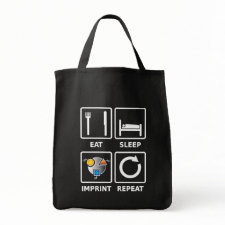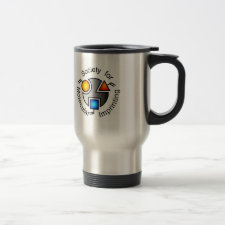
Authors: Takeda K, Kuwahara A, Ohmori K, Takeuchi T
Article Title: Molecularly Imprinted Tunable Binding Sites Based on Conjugated Prosthetic Groups and Ion-Paired Cofactors.
Publication date: 2009
Journal: Journal of the American Chemical Society
Volume: 131
Issue: (25)
Page numbers: 8833-8838.
DOI: 10.1021/ja9004317
Abstract: A molecular imprinting technique was applied to the construction of prosthetic group-coupled tunable binding cavities for bisphenol A (BPA). A novel template molecule, with a structure consisting of BPA covalently conjugated with two allyl(4-carboxyphenyl)disulfides through ester bonds (BPA-D), was designed. After copolymerization of BPA-D with styrene and divinylbenzene, the BPA di(4-mercaptobenzoate) moieties were removed by reductive cleavage of the disulfide bonds, resulting in apo-type molecularly imprinted cavities bearing two thiol residues. 4-Mercaptobenzoic acid was introduced into the apo-type cavities as a prosthetic group through a disulfide bond by addition of 4,4GǦ-dithiodibenzoic acid, which transformed the apo-type cavities into holo-type cavities with two carboxylic acid residues for binding BPA. When pyridyl prosthetic groups were introduced instead of 4-mercaptobenzoic acid by using 4,4GǦ-dithiodipyridine, BPA recognition ability was maintained but with improved selectivity. The binding affinity was successfully altered several times by attaching and detaching these prosthetic groups, which showed that the apo-type scaffold could be reused. Furthermore, noncovalent-type ion-paired cofactors could be introduced, when the two thiol groups in the apo-type cavities were oxidized to sulfonic acid groups. When 1,2-diaminoethane (DAE) was added to the oxidized apo-type scaffold as a noncovalent-type cofactor, the binding activity was regulated successively, depending upon the concentrations of DAE added. By using various prosthetic groups and cofactors, the binding properties of the holo-type cavities could be tuned in a similar way to those found in biological systems
Template and target information: bisphenol A, BPA, bisphenol Adi(4-mercaptobenzoate)



Join the Society for Molecular Imprinting

New items RSS feed
Sign-up for e-mail updates:
Choose between receiving an occasional newsletter or more frequent e-mail alerts.
Click here to go to the sign-up page.
Is your name elemental or peptidic? Enter your name and find out by clicking either of the buttons below!
Other products you may like:
 MIPdatabase
MIPdatabase









